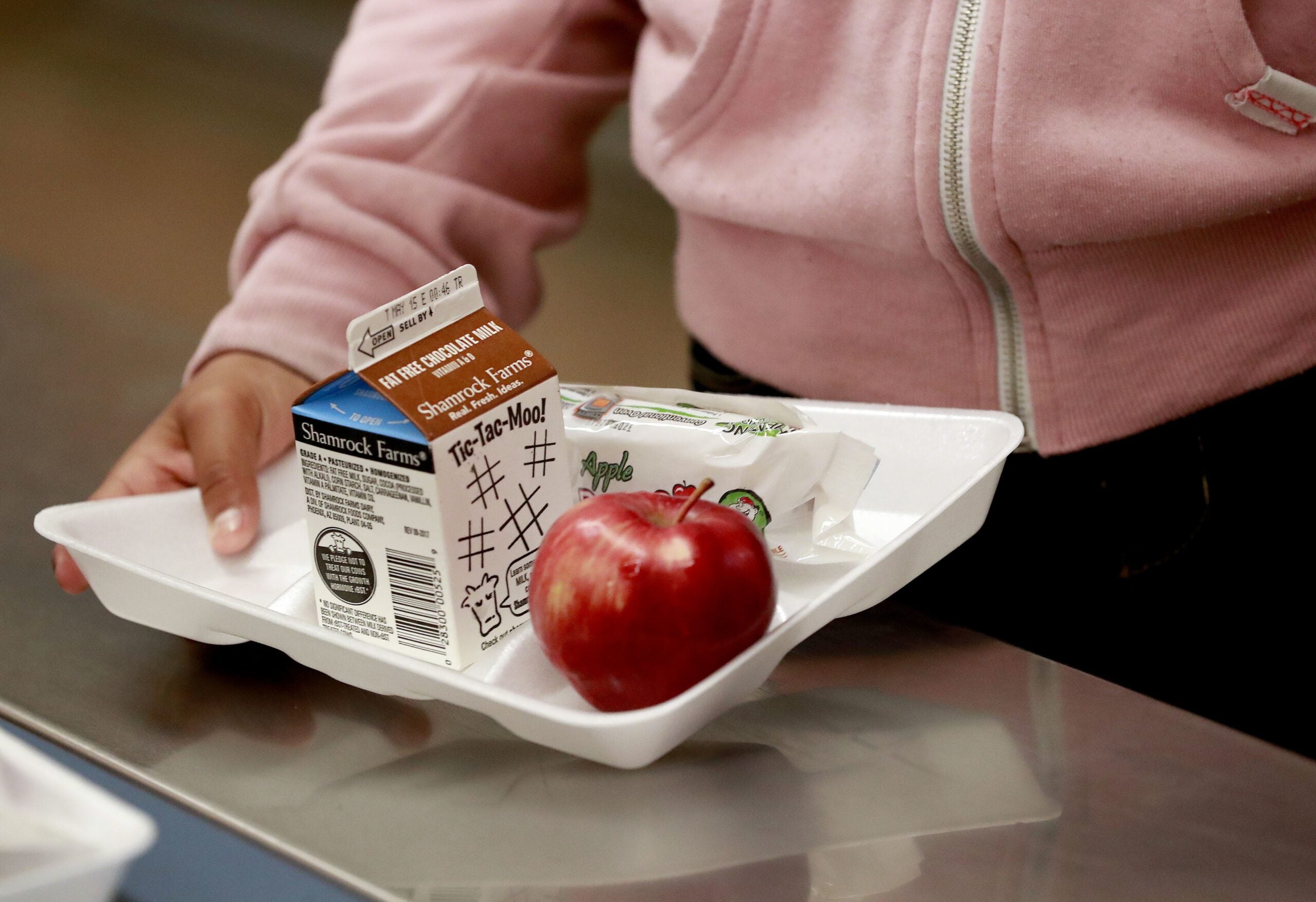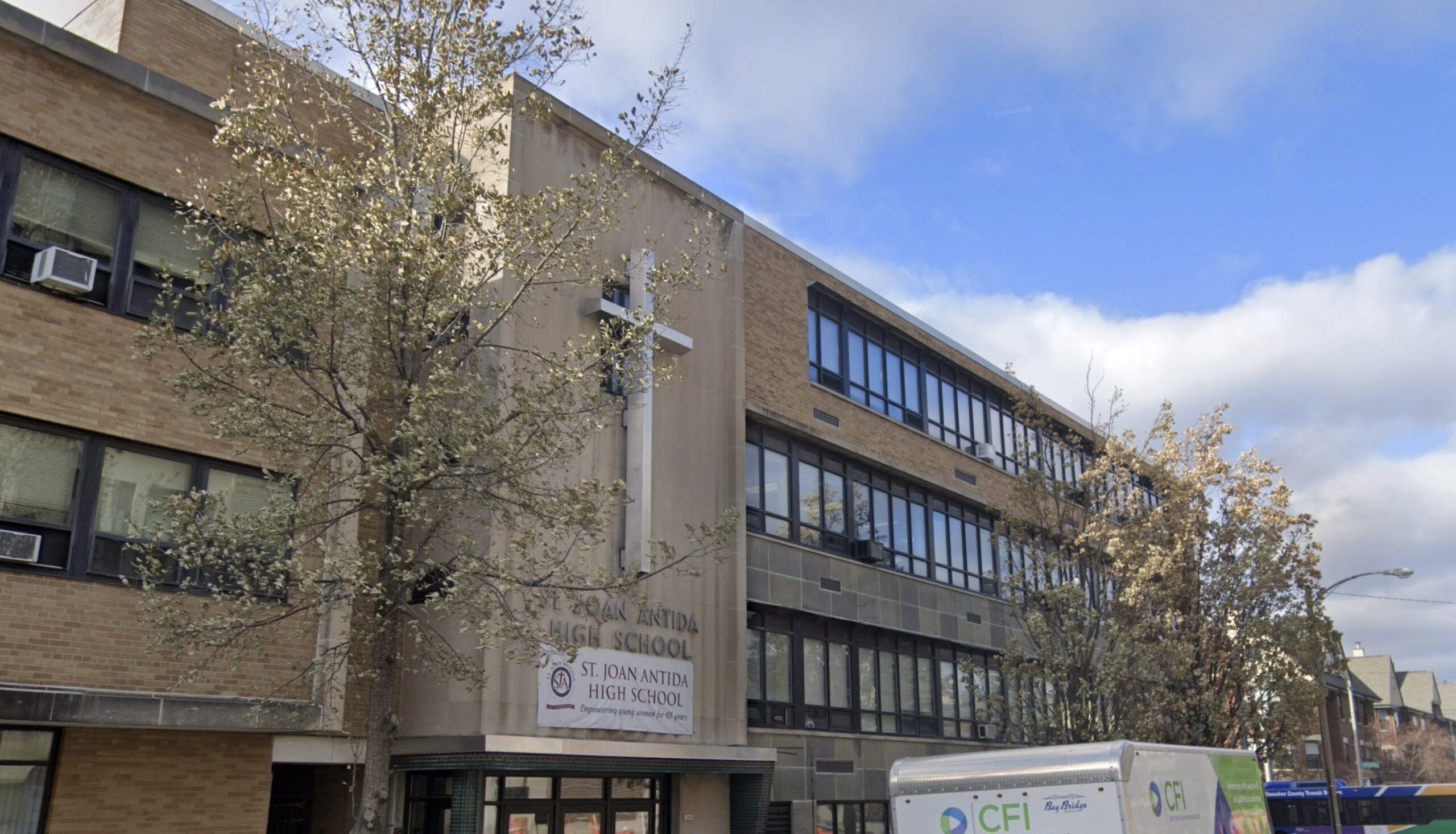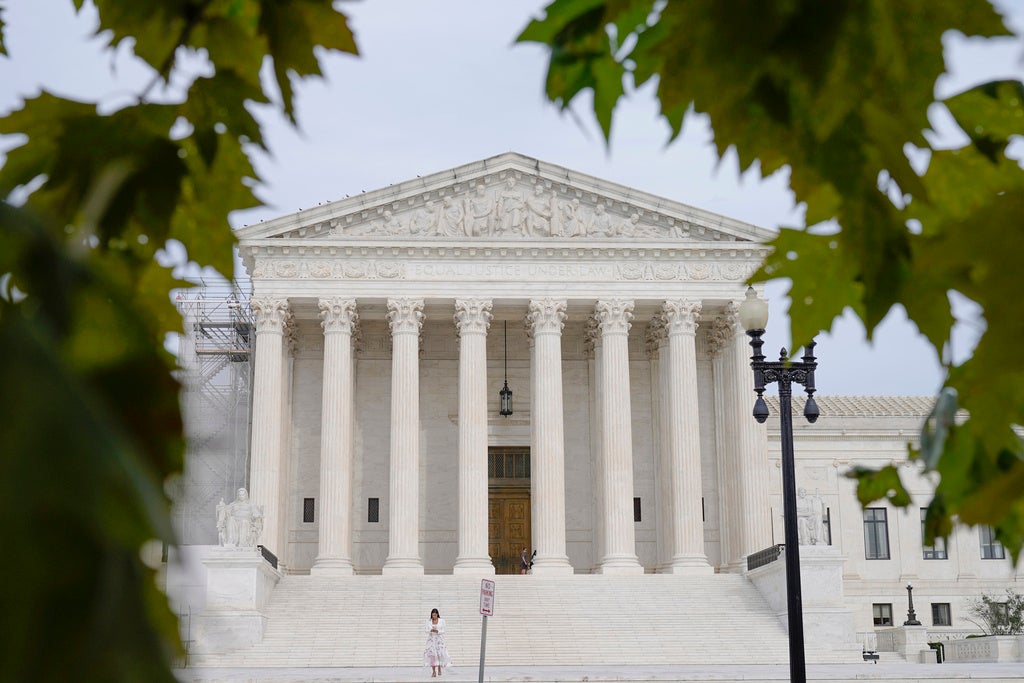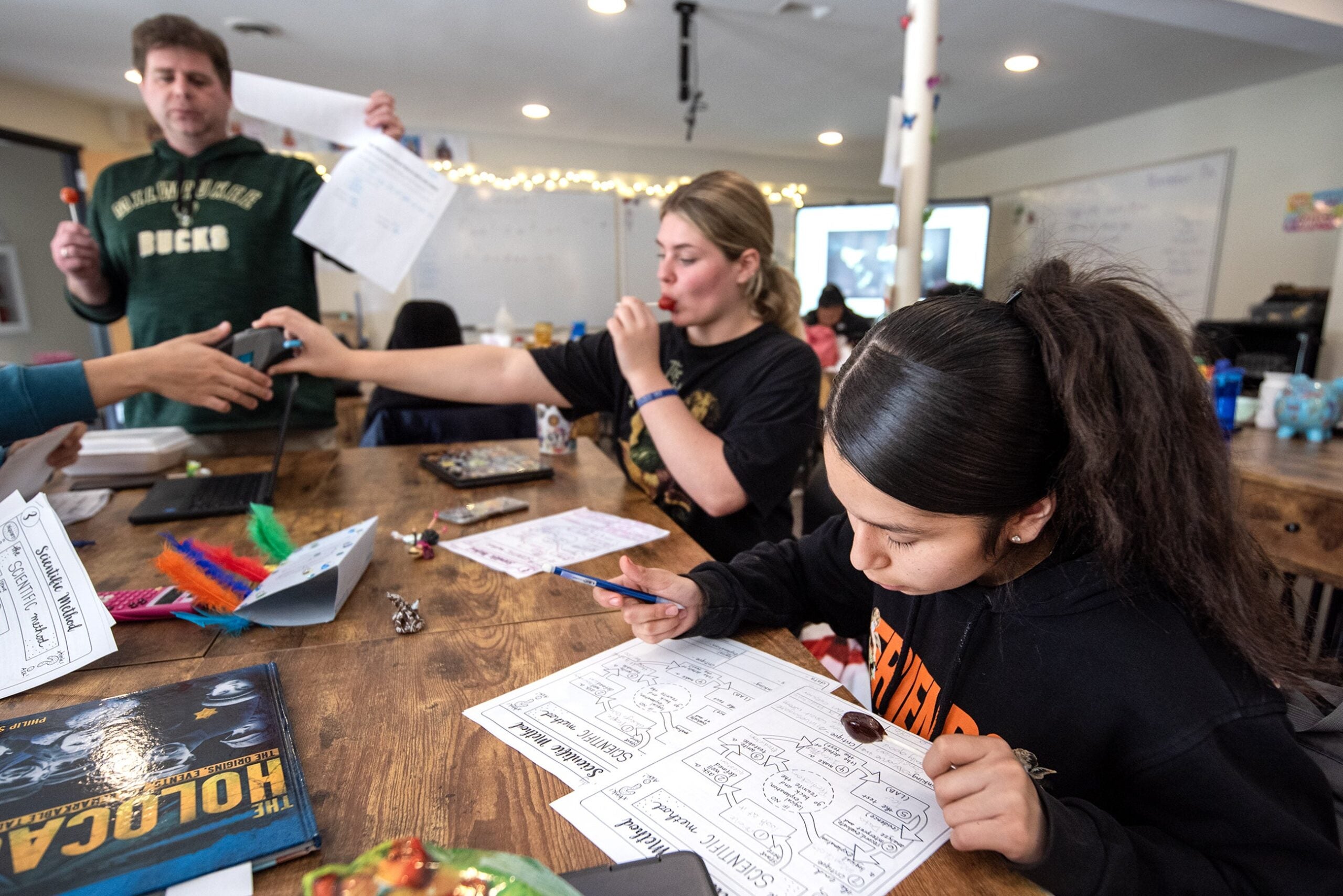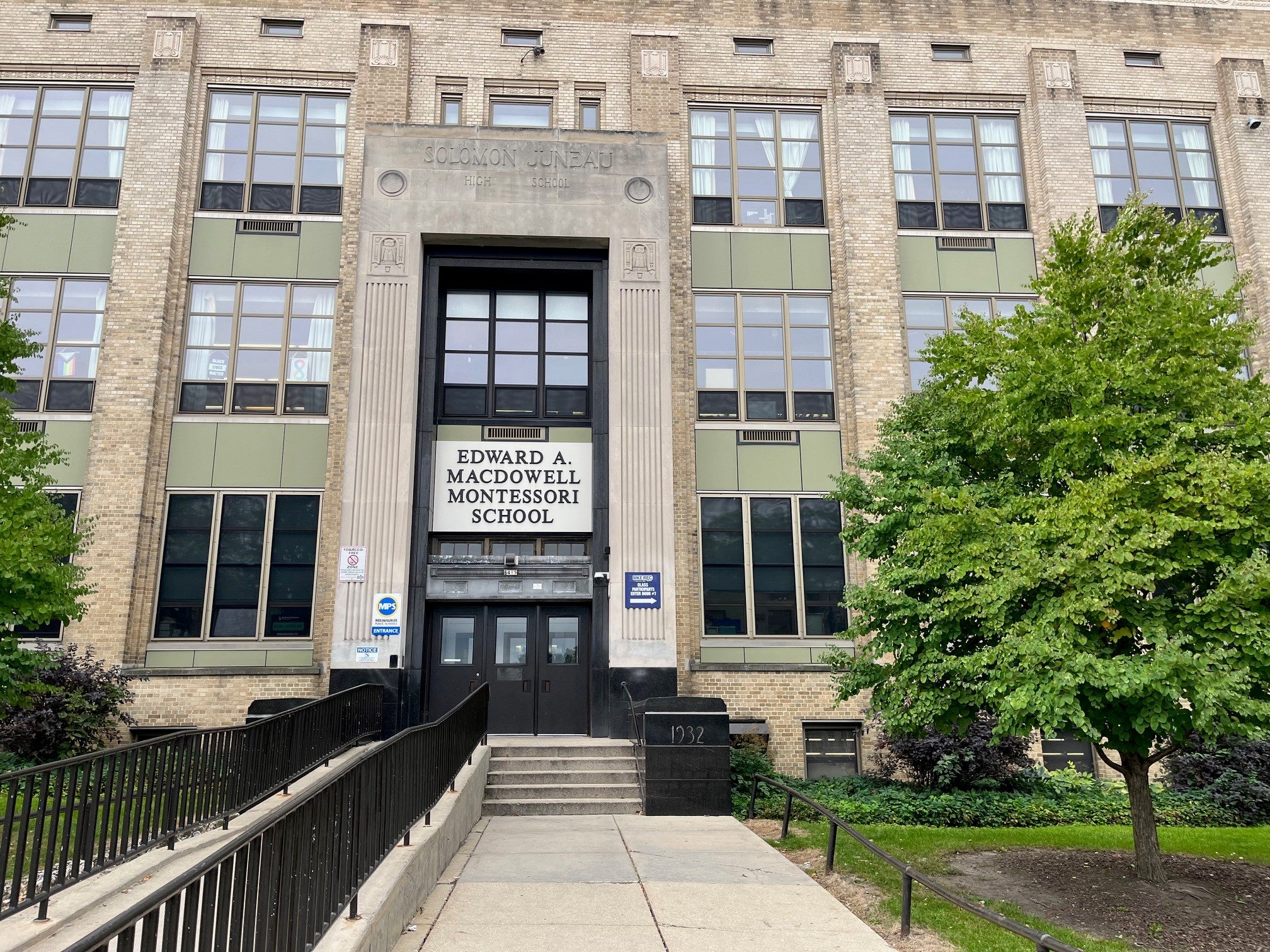The number of Wisconsin students who received breakfast at school through a federally subsidized nutrition program decreased slightly in the 2017-18 school year. And while about 83 percent of schools in the state participated in the School Breakfast Program, that actually puts Wisconsin near the bottom nationally.
“If a school is not offering the school breakfast program, then children cannot access it,” said Crystal FitzSimons of the Food Research & Action Center (FRAC), which released its School Breakfast Scorecard on Wednesday.
Schools in Wisconsin that don’t offer breakfast for low-income students tell the state Department of Public Instruction they can’t afford to.
Stay informed on the latest news
Sign up for WPR’s email newsletter.
“The biggest barrier to providing breakfast is funding,” said DPI spokesman Thomas McCarthy.
On top of federal money, Wisconsin has a school reimbursement rate for free and reduced breakfast of 15 cents a meal. But the state hasn’t paid schools that statutorily set rate since 2006. Because of a shortfall in the account that pays schools for providing breakfast, the reimbursement has fallen to about 7 cents, said McCarthy.
Another obstacle is the time and effort, which some schools say they just can’t spare.
“We are trying to, in all sorts of different ways, support districts so that they do see the value in breakfast, because in places where it’s implemented well, it has made a difference in the lives of kids and families and the academic achievement of students in the district,” McCarthy said.
According to the FRAC report, the number of students getting school breakfast across the United States continues to grow but at a slower pace than it has in the last several years. Even as national participation increased, a majority of states’ participation rates remained flat or slightly decreased in the 2017-18 school year. Wisconsin saw a slight decrease, about 400 students out of nearly 151,000 who participate.
The report cites two primary barriers to getting more kids to eat: timing and location.
Oftentimes breakfast is served in a cafeteria before school starts, meaning some kids miss out. Districts are becoming more flexible allowing breakfast in the classroom or offering a prepackaged meal a student picks up when school starts or in between classes.
“Milwaukee Public Schools are making strides,” FitzSimons said. “They’re offering free breakfast to all students and they actually have a significant number of schools offering breakfast in the classroom or grab ‘n’ go programs.”
Nationwide, 57 percent of low-income students in the free and reduce school lunch program also eat breakfast. In Wisconsin, it’s lower, about 52 percent. FRAC would like to see all states reach 70 percent.
High-poverty schools can offer free breakfast and lunch to all students, which lessens stigma and can increase participation, according to the report.
The program allowing schools to offer free meals to all is called the Community Eligibility Provision. The practice started in the 2014-15 school year.
“And so as time goes on and districts see their peers doing it, we are seeing a steady growth,” McCarthy said. “Not massive, but there’s a growth in districts using it.”
Wisconsin Public Radio, © Copyright 2024, Board of Regents of the University of Wisconsin System and Wisconsin Educational Communications Board.

